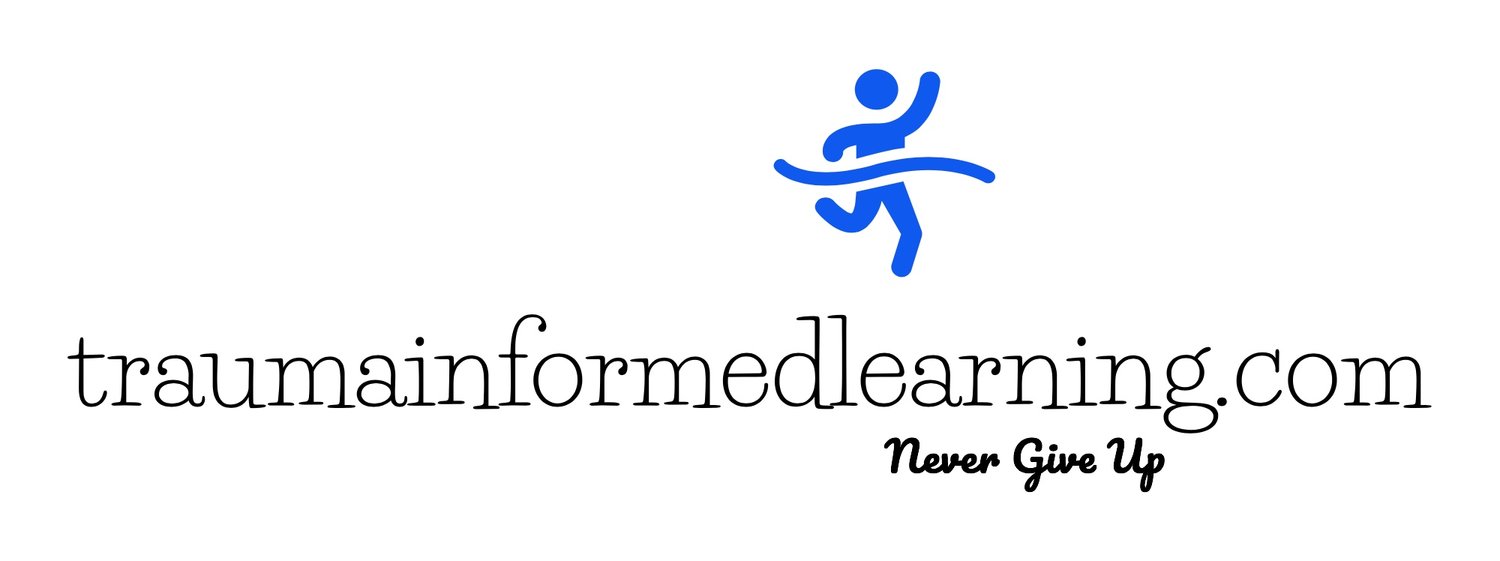Empathetic Leadership & Design Thinking in Education
Empathetic Leadership & Design Thinking in Education (Re-framing educational problems to customercentric opportunity spaces that drives value back into the community)
Empathetic Leadership is a leadership trait gaining traction amongst organizations and an attribute highly sought after in leadership search teams. It’s not enough for leaders to know about their environmental conditions and the people they serve; leaders today need to have the capacity to "become" a part of their environment. To do this, leaders cannot just be sympathetic to the needs of their communities, they need to "live it” as well.
One process that helps teams move toward this empathetic model is called, Design Thinking. I’ve used Design Thinking in my work with helping schools; re-brand, improve school climates & cultures, and in creating innovative classrooms such as Design Thinking, Makerspaces/Labs, and Coding.
Recently, I wanted to apply my knowledge of Design Thinking in the areas of Classroom Management with considerations to; trauma-informed, restorative practices, and PBIS. After a google search of trauma-informed school discipline using design thinking produced zero results; our team did the next best thing, we created one!
That empowerment tool is called; the Trauma-informed Discovery Design (TIDD). With assistance from Drew Schwartz and using his One, Two, Three Wellness tool as a foundation for our work, we developed a simplified empowerment process for school leadership teams to implement without investing in expensive long-term professional development. This becomes an important factor when working with schools experiencing high staff and leadership turn-over.
The basis for our plan is an understanding that emotional literacy provides the foundation for all learning. For traumatized children who are often frozen in the past, it is critical for educators to help these children put those nonverbal images and feelings associated with their traumatic events into words that they and their teachers can understand. Adults, as well as children who have been traumatized need to gain a sense of personal control (Bloom, 1995).
Empowerment, becomes the catalyst in starting their journey from hurt to healing. This process is a dramatic shift from the traditional exclusionary measures that often were the only method in which to handle maladaptive student behaviors.
This is where the work gets really exciting! To see students become knowledgeable of the neuroscience in how their traumatic childhood experiences has impacted and even altered their neurological development, puts in motion a new empowering narrative for them. Students, with the help of trauma-informed school personnel can now begin to realize they are not broken needing to be fixed by our educational system, rather critical allied change agents in awakening a broken educational system!
Click here for a Design Thinking for Educator's class
Click here if you would like to try out Design Thinking
For more background on Design Thinking and Stanford University, which created a school for just this purpose, referred to as; d.school: Check out this introductory video:
For those wanting to go through a 1 hour crash course in Design Thinking and how it could impact your school, check out this link:
IDEO's Tom Kelley defines Innovation as something that is: "Fresh, can be implemented, & adds value to the community." Design Thinking when applied correctly within the educational disruptive narrative can be the catalyst for building healthier communities.


